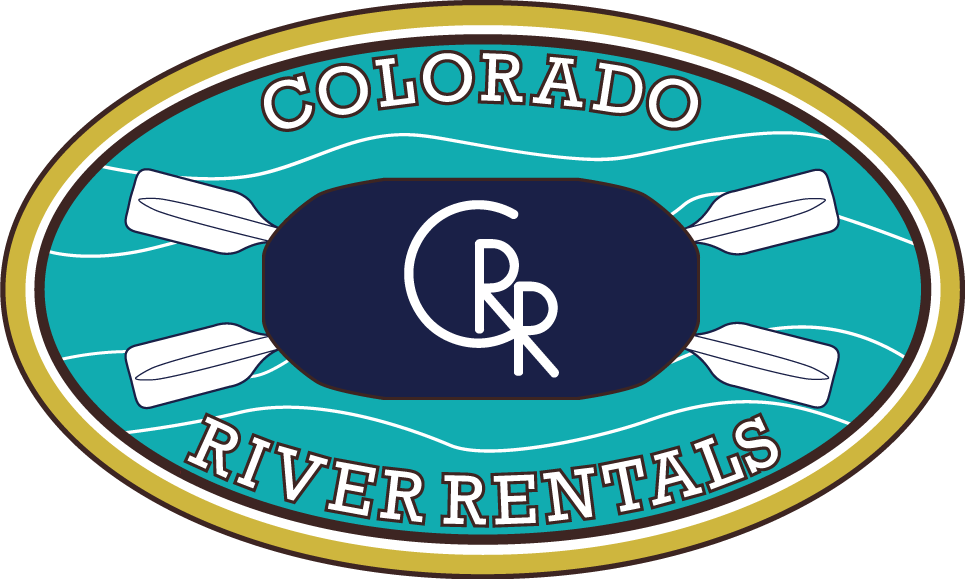What the 2021-2022 Winter Forecast Means for Spring 2022 Rafting

The rafting season in Colorado goes from the cool mornings of May to the warm nights of September. This 4-month rafting season requires a lot of runoff to make it all the way through, so a good winter and heavy snowpack is essential for a full rafting season bursting with whitewater.
The Farmer’s Almanac is a great reference for winter forecasts. This year it’s slotted a very cold and dry winter for the 21-22 season. The information here can tell you where to go chasing rapids and how much water is expected for the summer season. It’s based on historical data so it isn’t always on the mark, but it’s still very reliable for keeping your hopes at a manageable level. AVA Rafting & Zipline also offers a snowpack update before the season starts, then releases videos on the current water levels of the Arkansas, Blue, Clear Creek, and Upper Colorado rivers.
1. What to consider when planning a trip for 2022.
If you’re a rafter at heart, then even getting stuck or flipping over can be part of the fun. But let’s face it, rafting is so much more exciting when you’re cruising through rushing whitewater without a single sleeper to worry about. Consider these four details when planning your trip so you’re having the best rafting trip ever.
- Snowpack: The more the merrier, until there is so much snow and it’s melting so fast that the rivers flood. This is hardly ever the case, but you should consider the temperature when looking at snowpack because it can melt faster than expected – thus expediting your trip.
- Winter Temperatures: Say you get a ton of snow one day, then it all melts away the next. Or early snowstorms melt away before mid-summer, you’ll have to plan for warm weather accordingly.
- Spring storms: Easily a rafter’s favorite sight. Spring storms don’t have the longest impact on water levels, but they can increase water levels by hundreds of Cubic Feet per Second (CFS) for up to a week! The best part is that spring storms don’t have to melt like snow, so water levels can rise almost right away.
- The month of your rafting trip: If you are planning to raft towards the end of the season then you can expect random spurts of low and high tides. Water levels just aren’t as consistent at the end or beginning of the season. Mid-season, like June-August, is the best bet for consistent water levels.
- Rentals: Friendly river rental outfitters like Colorado River Rentals can lend you a reliable raft, kayak, or stand-up paddleboard, and offer shuttle services for your trip. They can even give you the local scoop on where to go, how to get there, where to park, and what the water level and terrain looks like.
2. Finding the right river.
Colorado has some of the best rafting in the country. The Arkansas River near Buena Vista, CO, alone takes in the title of the most commercially rafted river in the US. The Colorado River headwaters are also just a couple of hours from Denver and only an hour from Breckenridge. The Clear Creek River is home to some of the most continuous whitewater in the entire state, and it’s only a 30-minute drive east of Denver. Of course, with large rivers across the entire state, you’ll quickly find that different parts of Colorado will have different weather. Some rivers can have high water levels, and some could have low water levels in the same season. The Western Resource Advocates is another great resource to find snowpack levels in every region of Colorado.
Below is a list of some of the best rivers for whitewater rafting in Colorado.
- Arkansas River — Buena Vista, CO *peak runoff late May/early June
- Arkansas River — Canon City, CO *peak runoff late May/early June
- Clear Creek River -Idaho Springs, CO (class 3-5)
- Browns Canyon National Monument (Class 3): May-August
- Numbers (Class 4+): June – early August
- Mild & Scenic (Class 1-2): May-August
- Royal Gorge (Class 4+): June-August
- Bighorn Sheep Canyon (Class 3+): May-August
- Blue River – Summit County, CO (Class 3): June


